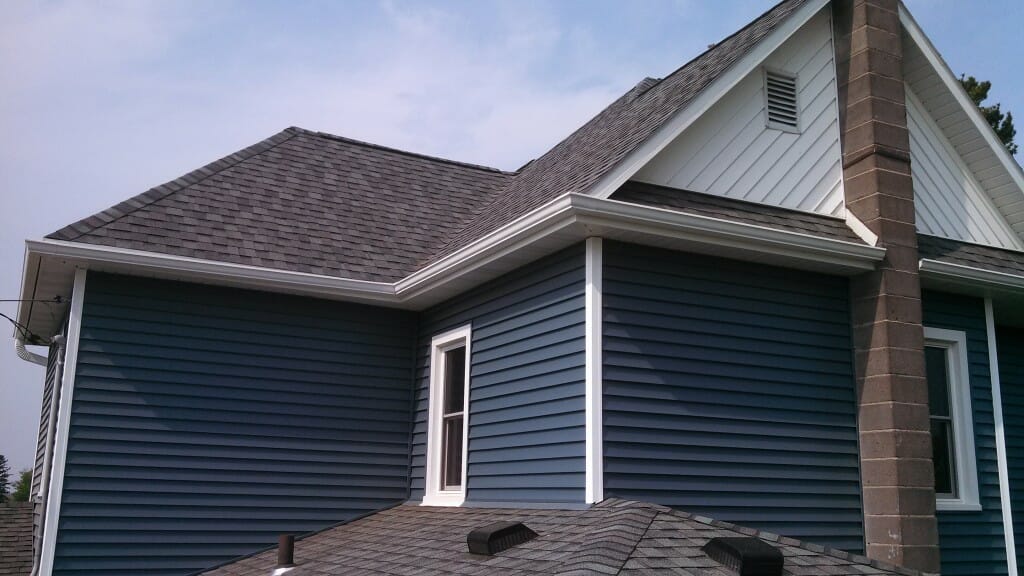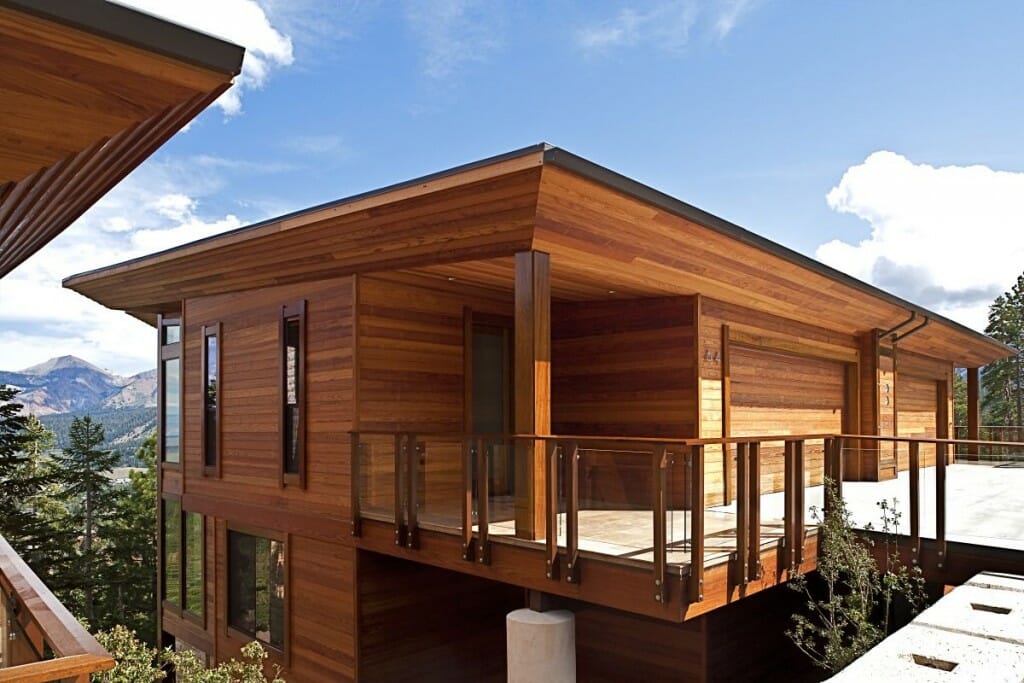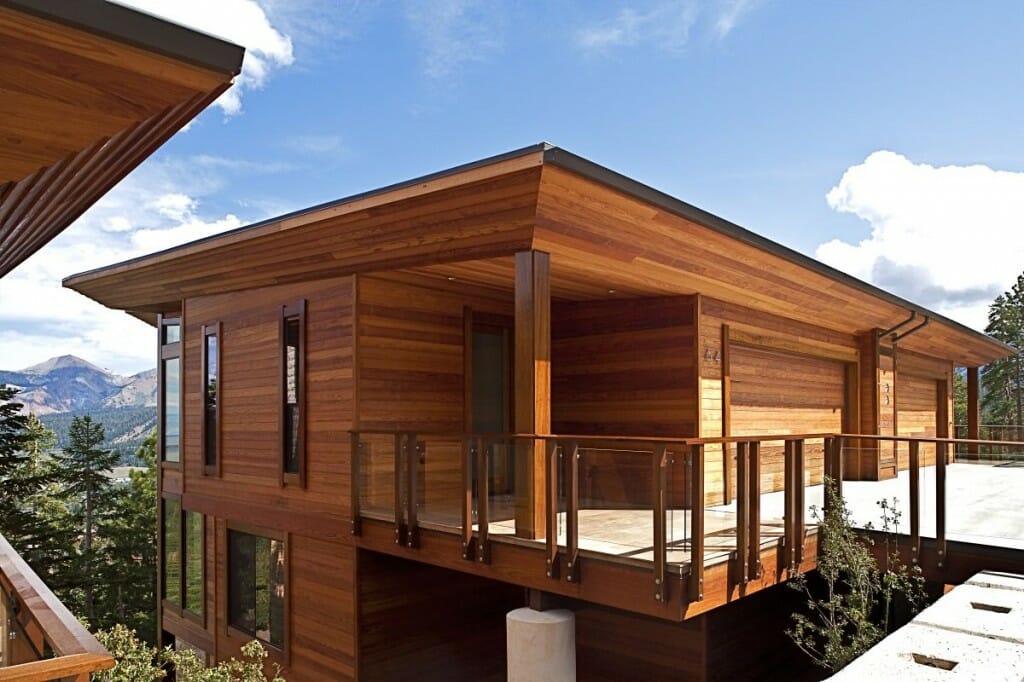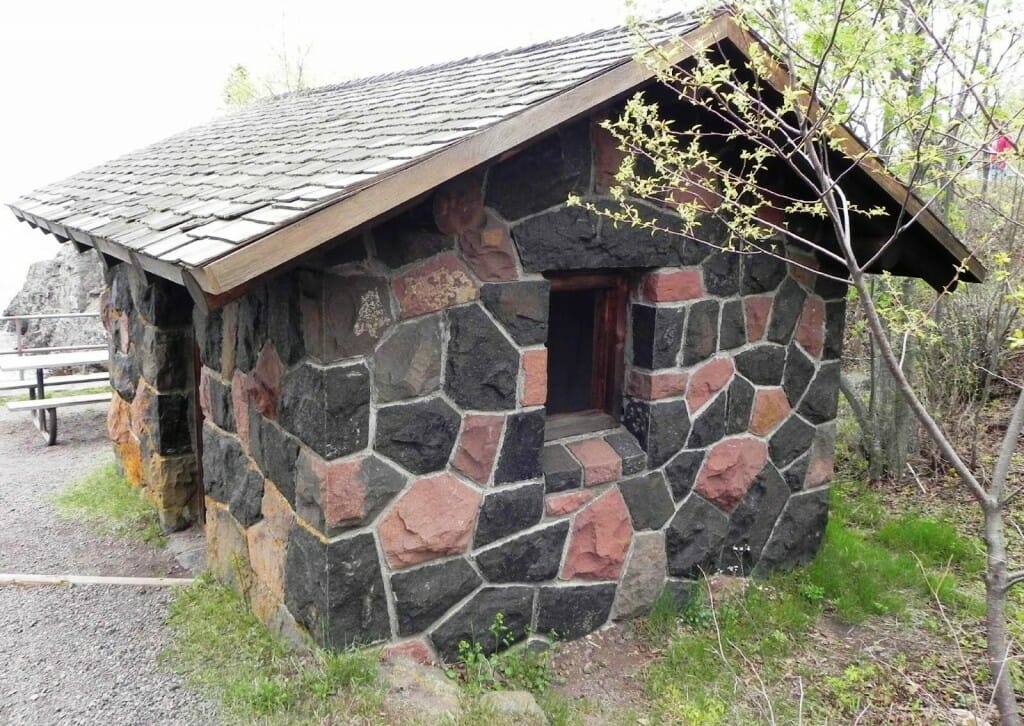Are you doing a siding project?
Modernize can pair you with three to four pros in your area, so you can compare options and save time and money.

Cement Board
Cement board offers versatility with paintable options and various textures. It’s durable, low-maintenance, and often includes a 30-year warranty. Some types don’t require painting, while painted ones last even longer. However, installation is more time-consuming, requires skilled labor, and costs more than vinyl siding.
Natural Wood
Natural wood siding costs more but lasts a long time with proper care. You can paint or stain it in many styles and refinish it to extend its life. However, this durability comes with a downside. Regular maintenance is necessary, and you may grow tired of redoing the siding every few years to keep it fresh. It also poses a fire hazard and attracts termites, requiring consistent pest treatments in termite-prone areas.
 Engineered Wood
Engineered Wood
Engineered wood offers an affordable and versatile alternative to vinyl siding. It costs less than natural wood and comes in various finishes and textures. Manufacturers combine wood fibers and exterior-grade resins to create a termite-resistant material. Improved engineered wood arrives pre-finished for quick installation and resists moisture better than older versions. However, it may not perform well in highly humid climates.
Stucco
Stucco is a widely used form of siding because it’s not only cost-effective, but design-wise, it’s incredibly versatile. Pigment can be infused into the mixture to create any color you desire. It can go on smooth or have a rough, grainy texture—and some homeowners even infuse theirs with small rocks for a look known as “pebble dash” stucco.
Find the Right Contractor for Your Siding Project
Whether you’re ready to begin your project now or need some expert advice, our network of contractors are here to help. With a few simple questions, we’ll find the best local professionals for you
When installed properly, stucco is durable and outlasts many other types of siding. Unfortunately, that very installation proves to be the biggest challenge—stucco often requires a skilled professional to install it successfully so that it lasts. That means that you’ll spend more on an installation—and doing it yourself is likely out of the question.
Engineered Stone
Real stone is impractical for full-home use but works well for small sections. Synthetic stone is lighter, easier to install, and fire- and pest-resistant. Many homeowners use it as an accent, while others cover entire homes. Although faux stone looks realistic, it costs more than most siding options. Consider these durable, stylish, and affordable siding alternatives if you want to avoid vinyl or stand out in your neighborhood.
Find the Right Contractor for Your Siding Project
Whether you’re ready to begin your project now or need some expert advice, our network of contractors are here to help. With a few simple questions, we’ll find the best local professionals for you
Reviews from Real Homeowners
Welcome to Homeowner Resources! We are the Modernize blog. Modernize pairs more than 3 million homeowners a year with pre-vetted contractors in their area. This blog started because we believe homeowners should know everything about their homes, from how their HVAC works to which front door colors they might love. On Homeowner Resources, you can find information on every part of your home, right down to how you can negotiate with contractors to get the best price. Here's more about the blog.
Need a contractor? Learn more about how Modernize finds the right pro for you.




